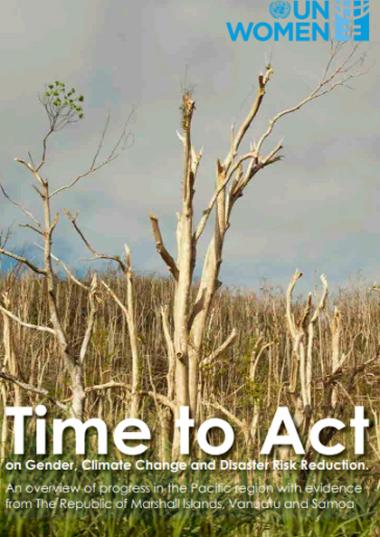

Disability inclusion in disaster risk reduction: Experiences of people with disabilities in Vanuatu
March 2021
Experiences of people with disabilities in Vanuatu during and after Tropical Cyclone Pam
Disability stakeholders in Vanuatu and Australia collaborated to implement a research project which would identify the consequences of this absence. A critical objective of this study was to make recommendations to enable agencies and communities across Vanuatu to learn from the lessons of Tropical Cyclone Pam to improve disability inclusion in future disaster risk reduction efforts with a focus on preparedness for response.
This research project utilised the Rapid Assessment of Disability (RAD) tool to collect quantitative data from people with disabilities and people without disabilities and to compare their situation and experiences prior to and after Tropical Cyclone Pam. A total of 1836 adults and 1330 children (aged 5-17) were interviewed. These findings informed the development of a set of recommendations:
- Mainstream disability inclusion across DRR and response policies and practices;
- Develop questions and methodologies which enable reliable identification of people with disabilities and their needs immediately following a disaster.
- Identify and address the disability-specific needs of men, women and children with disabilities prior to and after disasters.
- Work in partnership with Disabled People’s Organisations to prepare and implement disability inclusive disaster risk reduction and response activities, in accordance with the Convention on the Rights of Persons with Disabilities, and the Sendai Framework.
- Acknowledging the specific challenges faced by women with disabilities following disasters, collaborate with women with diverse disabilities to develop and implement disaster risk reduction strategies which support their safety and inclusion.
- Ensure child-friendly disaster risk reduction, response and recovery initiatives are inclusive of children with diverse disabilities and their families.




